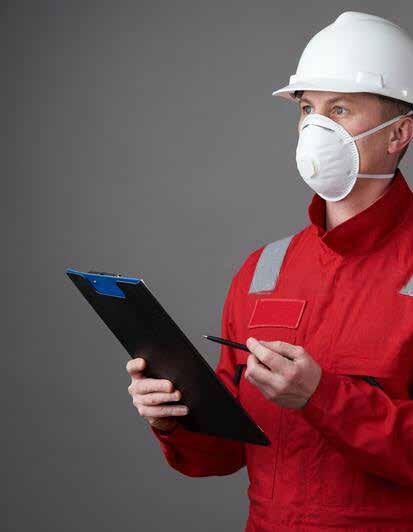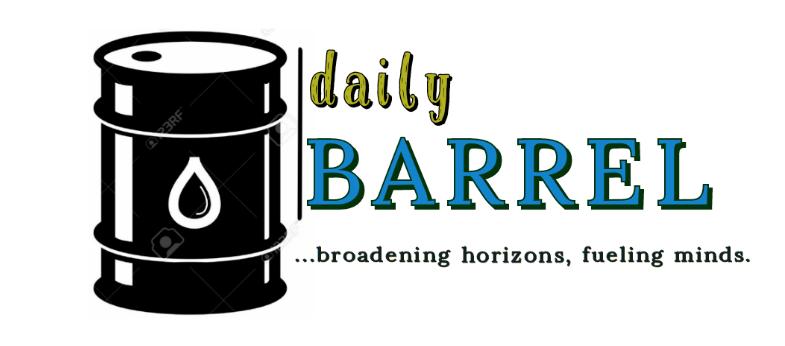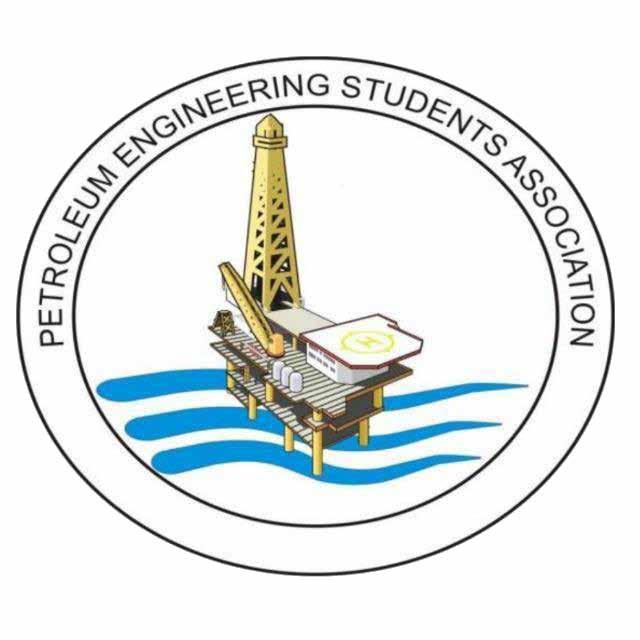HEALTH AND SAFETY T
he oil and gas industry is one of the most hazardous industries in the world and therefore, safety tips are a necessity to prevent the loss of lives and potential health damages. The oil and gas industry consists of three different sectors hence, different safety practices at each sector. UPSTREAM SECTOR The upstream sector includes searching for potential underground or underwater crude oil and natural gas fields, drilling exploratory wells, and subsequently drilling and bring the crude oil or raw natural gas to the surface. Safety practice at this sector includes: • Staying On Top Of Machine Maintenance When working on offshore rigs, the machines are your lifeline when you’re hundreds of miles from shore. Prevention of premature machine failure can be done by conducting regular maintenance checks of machinery. The importance of regular maintenance checks have to be communicated to workers. • Collaborate With The Local Emergency Response Community Develop a relationship with local emergency response organizations and establish a consistent flow of communication to provide a higher level of overall safety. Emergency responders, rig hands, and exploration company safety and health professionals must work together to utilize their resources to be ready to handle emergencies swiftly and successfully. Discuss specific health and safety hazards that exist at the drilling location and determine how to best assist each other in these emergencies. If possible, take emergency responders on a tour of the drilling site or rig to give them a clearer idea of how to approach potential emergencies. • Ensure Familiarity With Worksites Before work begins, ensure everyone who will be conducting work understands their role, hazards that exist, and all safety precautions. Require procedures and hazards to be fully communicated to new workers in the
event of shift handovers and work site changes. • Consistent Housekeeping Reduce the chances of fatal accidents by keeping floors, pathways, and all work areas clear of unnecessary items to prevent trips and falls and struck-by hazards. Implement clear signage that directs workers to emergency and safety equipment to quickly combat hazards. E.g.: equip all problem areas with spill kits in the event a chemical or oil spill occurs. • Provide Clear Visual Communication Strive to eliminate miscommunication and confusion with legible and reliable signs and labels to convey dangers and safety instructions. Create custom signs to communicate procedures specific to certain work crews and work sites. Replace worn out, illegible, and outdated signage as soon as possible. Check for faded floor marking that is in need of re-application. • Reassess Safety Signage When Projects Shift When worksites, projects, and crews change, take the time to assess that signs and labels are in the correct areas and communicate present hazards and procedures before the next project begins; this will ensure dangers and details about specific locations will be known when new workers come in. MIDSTREAM SECTOR The midstream sector involves the transportation (by pipeline, rail, barge, oil tanker or truck), storage, and wholesale marketing of crude or refined petroleum products. Pipelines and other transport systems can be used to move crude oil from production sites to refineries and deliver the various refined products to downstream distributors. Natural gas pipeline networks aggregate gas from natural gas purification plants and deliver it to downstream customers, such as local utilities. The midstream operations are often taken to include some elements of the upstream and downstream sectors. For example, the midstream sector may include natural gas processing plants that purify the raw natural gas as well





